Until recently, oil and car industries were seen as the main culprits for climate change. But after an Inconvenient Truth, another documentary, Cowspiracy, has shaken common beliefs and changed the way we perceive global warming and sustainable practices. Read more about the effect of Cowspiracy in a twin-article United Academics published yesterday: A Steak A Day Keeps Sustainability Away.
The livestock production industry is now also publicly blamed for 4 negative effects on our planet:
1. Land use
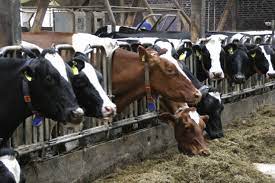
Livestock production is the largest land-use system on Earth. A report by the Food and Agriculture Organization (FAO) estimated that the cattle industry accounts for one-third of the land surface use on the entire planet: one single cow can use up to 20 thousand square meters of land. The effects of over-exploration are already being felt: 20 percent of the arable land is now degraded due to over-grazing, compaction, and erosion. FAO report also states that land use is now the major cause of biodiversity loss. In addition, deforestation affects water cycles, reducing infiltration and storage.
At the same time, deforestation is a major concern, especially in Latin America. 70% of previously forested lands are now turned into pastures and fodder crops. For instance, between 1994 and 2004, the land area devoted to growing soybeans, mostly used to feed cattle, in Latin America more than doubled to 39 million ha.
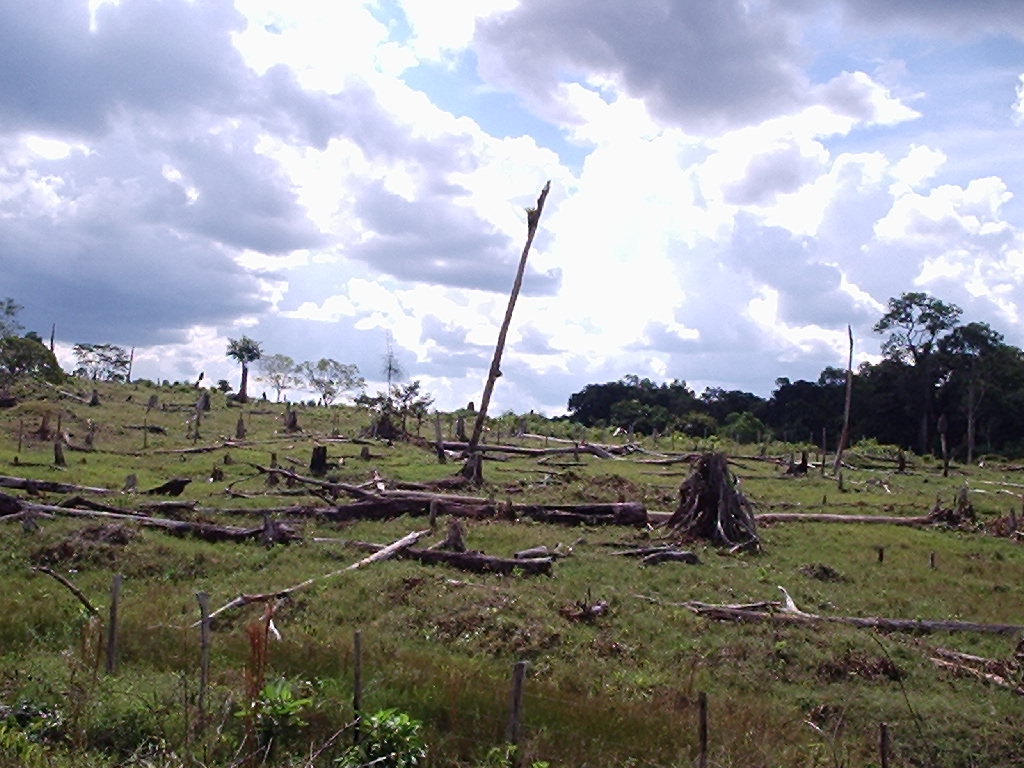
The WWF (World Wide Fund For Nature) organization states that around three-quarters of the global production of soy is turned into soy meal which is used for animal feed.
2. Water resources
Water resources are also being largely affected by the meat industry. The livestock sector is responsible for one-third of the freshwater usage on the planet and the production of one kg of meat can require as much as 20,000 liters of water, according to the UK’s Institute of Mechanical Engineers (IME).
The IME also estimates that 30-50% of all food produced is ‘lost before reaching a human stomach
If these numbers do not impress you yet, the producers of Cowspiracy give us a little perspective: in the US, while private houses consume about 5% of the water resources, animal agriculture accounts for more than 55%.
These and other facts, and it’s respective sources, can be found on the Cowspiracy website
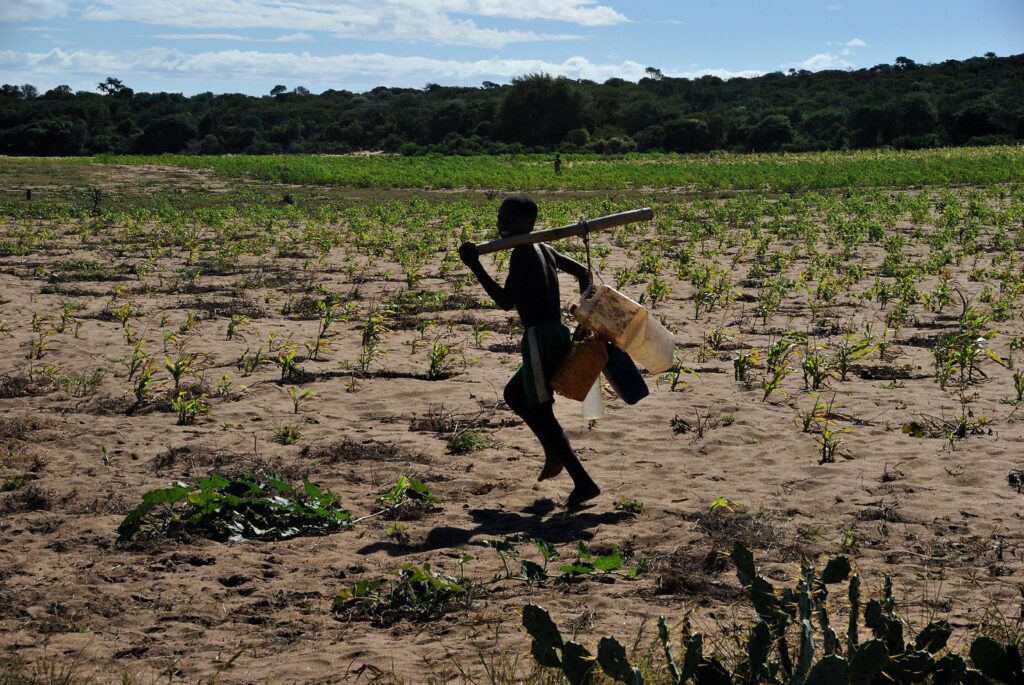
3. Greenhouse gas emissions
The numbers related to the impact of livestock production on the atmosphere are also impressive. According to FAO, cattle account for 18% of greenhouse gas emissions measured in CO2 equivalent, a higher share than transports, for example. But in this industry, CO2 release is not the major concern; livestock production is responsible for 37% of all methane and 64% of all ammonia emissions.
According to the FAO report, methane is 21 times more effective in trapping heat in the atmosphere than carbon dioxide.
These emissions vary considerably between different animals. According to a study published in PnasJournal, the production of meat and eggs from monogastric animals, such as pigs or rabbits, has significantly lower emission intensities than milk and meat from ruminants, like cows or goats.
Another disturbing aspect about the meat industry is the antibiotic over use. According to a report in the New England Journal of Medicine, more than 50% of the antibiotics produced in the US are used by the cattle industry on healthy animals.
The authors of the study estimate that emission intensities for global pork production are around 24 kg CO2 eq (equivalent) per kilogram protein, and for poultry meat and eggs, 3.7 kg CO2 eq per kilogram protein.
4. Antibiotics overuse
Antimicrobials are used by the livestock production industry as therapeutic agents for animal infections or, in the case of healthy animals, as a way of promoting growth and enhance feed efficiency. Antibiotics are administered through food and water and this ultimately reflects on the consumer: a recent study found that about 80% of supermarket meat in Washington DC area harbored antibiotic-resistant bacteria.
This report also states that over 80% of infections with salmonella are acquired from food animals.
This study found salmonella isolates in 20% of the meat samples analyzed.
The majority of the drugs administered are identical or related to those administered to humans, which increases the concern for the development of antibiotic-resistance bacteria strains.
References
- Herrero, M., Havlik, P., Valin, H., Notenbaert, A., Rufino, M., Thornton, P., Blummel, M., Weiss, F., Grace, D., & Obersteiner, M. (2013). Biomass use, production, feed efficiencies, and greenhouse gas emissions from global livestock systems Proceedings of the National Academy of Sciences, 110 (52), 20888-20893 DOI: 10.1073/pnas.1308149110
- Gorbach, S. (2001). Antimicrobial Use in Animal Feed — Time to Stop New England Journal of Medicine, 345 (16), 1202-1203 DOI: 10.1056/NEJM200110183451610
- White, D., Zhao, S., Sudler, R., Ayers, S., Friedman, S., Chen, S., McDermott, P., McDermott, S., Wagner, D., & Meng, J. (2001). The Isolation of Antibiotic-Resistant Salmonella from Retail Ground Meats New England Journal of Medicine, 345 (16), 1147-1154 DOI: 10.1056/NEJMoa010315
- Tilman, D., Cassman, K., Matson, P., Naylor, R., & Polasky, S. (2002). Agricultural sustainability and intensive production practices Nature, 418 (6898), 671-677 DOI: 10.1038/nature01014
- Donovan, C. (2015). If FDA Does Not Regulate Food, Who Will? A Study of Hormones and Antibiotics in Meat Production American Journal of Law & Medicine, 41 (2-3), 459-482 DOI: 10.1177/0098858815591528
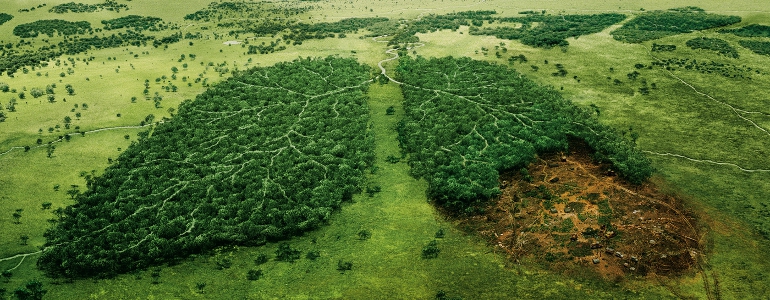
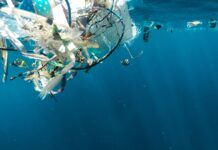

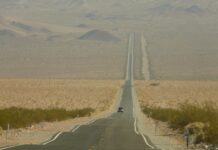

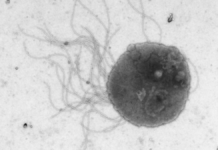
In the era of cutting-edge technology, evolution from industry to some extent. Stepping forward.
Harnessing the Earth’s thermal energy increase.
Human impact on climate change/temperature rise as the overall impact shown by observation is ~1.5C for the last 50 years and ~2.0C during the last 150 years.
Considering the stability of natural effects during this period with mostly cooling effects due to tectonic activities, volcanoes, earthquakes, geysers.
10s of GW’s can already be produced from earth thermal energy per year.
‘Many people in a lot of different specialties are working toward figuring out how to harness more geothermal energy.
Satellites’ surveillance NASA & ESA together with national companies, like UK satellite industry participation by Skyora (https://www.skyrora.com/blog/tag/uk-satellites) for environmental data collection.
‘Colonization’ of deserted, reclaimed areas on earth and urbanisation negative effects coping (e. g. Cairo, building a new city it desert with the help of new technologies, 21st century cities).
Nature takes its time with processes, humanity needs to speed up with preventive processes of climate change as well (proactive, not reactive) and take advantage of technology and cooperation.